Area of Research
Theoretical, Computational and Experimental Condensed Matter Physics
- Density Functional Theory based calculations
- Band Gap Engineering in binary, ternary and quaternary semiconductors
- Quantum Confinements in Nano Materials
- Smart Materials for Bio Medical and Space Applications.
- 2D materials
- Topological insulators
- Spintronics
- Topological Weyl and Dirac semimetals
- Topological phases in terms of crystal symmetries
- Novel Thermoelectric materials using Density Functional Theory methods and machine learning algorithms
Our Research Outcome
Electronic structure of ternary half-Heusler ZrIrBi alloy
Half Heusler (HH) alloys are significant as they provide a new platform for exploring topologically nontrivial state. The nature of electronic structure of ternary half-Heusler ZrIrBi alloy change when spin-orbit coupling is included.
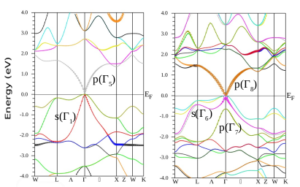
Band structures of ZrIrBi without (left) and with (right) Spin Orbit coupling
Research Guidance
- Degree Completed
Ph.D : 8
M.Phil : 40
M.Sc over 75 and
M.Tech : 2
- Ongoing
7 Research Scholars
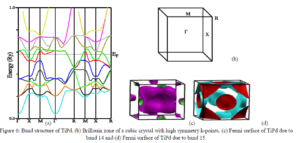
Band Structure of TiPd (b) Brillouin Zone of a cubic crystal with high symmetry k-points (c ) Fermi surface of TiPd due to band 14 and (d) Fermisurface of TiPd
Reference: International Journal for Research in Applied Science & Engineering Technology (IJRASET), Volume 6 Issue III, March, 2018.
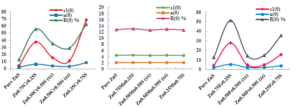
Variation in zero frequency limit of dielectric constant e1(0) refractive index n(0) and reflectivity R (0) as a function of concentration x in Zn1-xA S (A=Cr/Mn/Fe ; x=0.25,0.50,0.75)
Reference: Materials Science and Engineering: B, B 248, 114401 2019
2D materials : Structure and properties
Graphene, silicene, germanene, and stanene were investigated due to their excellent electronic and optical properties. Their stability and bonding characteristics were studied using single point energy calculations. The sp2 to sp3 hybridization in materials other than graphene causes puckering.




2D Materials: Dirac cone and zero density of states
The electronic band structure, density of states (DOS), and charge density contours were explored. The Dirac cone and zero density of states were observed in all materials at Fermi level.
2D materials: Optical properties
The optical properties across different planes in the entire optical region from infrared to far ultraviolet were analyzed to find their suitability in optical applications. The plasma frequency was observed in all materials other than graphene.
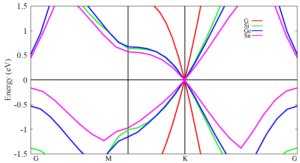
Dirac Cone
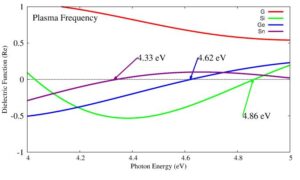
Plasma frequency
Birefringence characteristics exhibited by all 2D materials

(a) Graphene
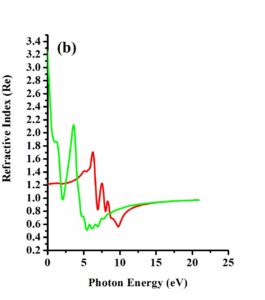
(b) Silicene
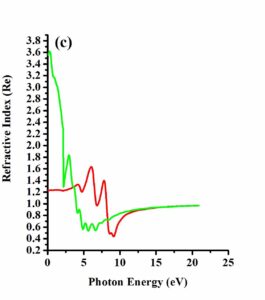
(c) Germanene
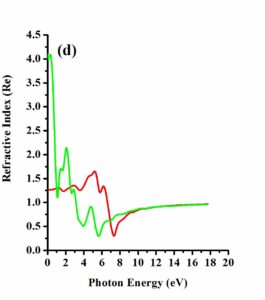
(d) Stanene
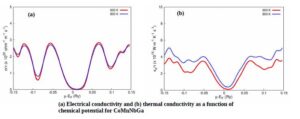
Reference: Journal of Superconductivity and Novel Magnetism, 32 (4), 977-986, 2018.

Density of d-states at Fermi level, EF for (a) Ti43.75Pd50X6.25 and (b) Ti50Pd43.75X6.25. In Fig.(a), Ti1, Ti2, and Ti3 represent the three nonequivalent Ti atoms in the Ti43.75Pd50X6.25 series and in Fig.(b), Pd1, Pd2, and Pd3 represent the three nonequivalent Pd atoms in Ti50Pd43.75X6.25 series.
Reference: International Journal for Research in Applied Science and Engineering Technology, Vol. 6, Issue III, 2018
Zn+Mg co-doped TiO2 for Dye Sensitized Solar Cell (DSSC) application
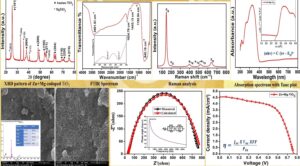
Band Gap Engineering
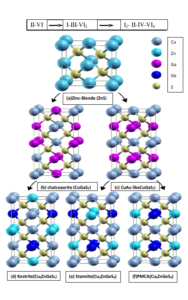
Reference:
- International Journal of Materials, Mechanics and Manufacturing, Vol. 8, No. 1, 2020.
- Chalcogenide Letters 7 (4), 263-268, 2010
- Advanced Materials Research 31, 164-166, 2008.
- Computational materials science 44 (1), 106-110, 2008
- Solid State Phenomena 124, 57, 2007
- Physica Status Solidi-B-Basic Research 226 (2), 375-384, 2001.
FESEM morphology of ZnO nanoflakes
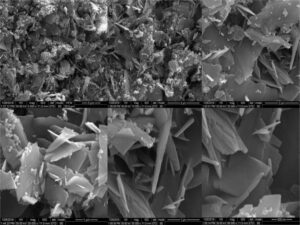
Impedance analysis of ZnO nanoflakes
